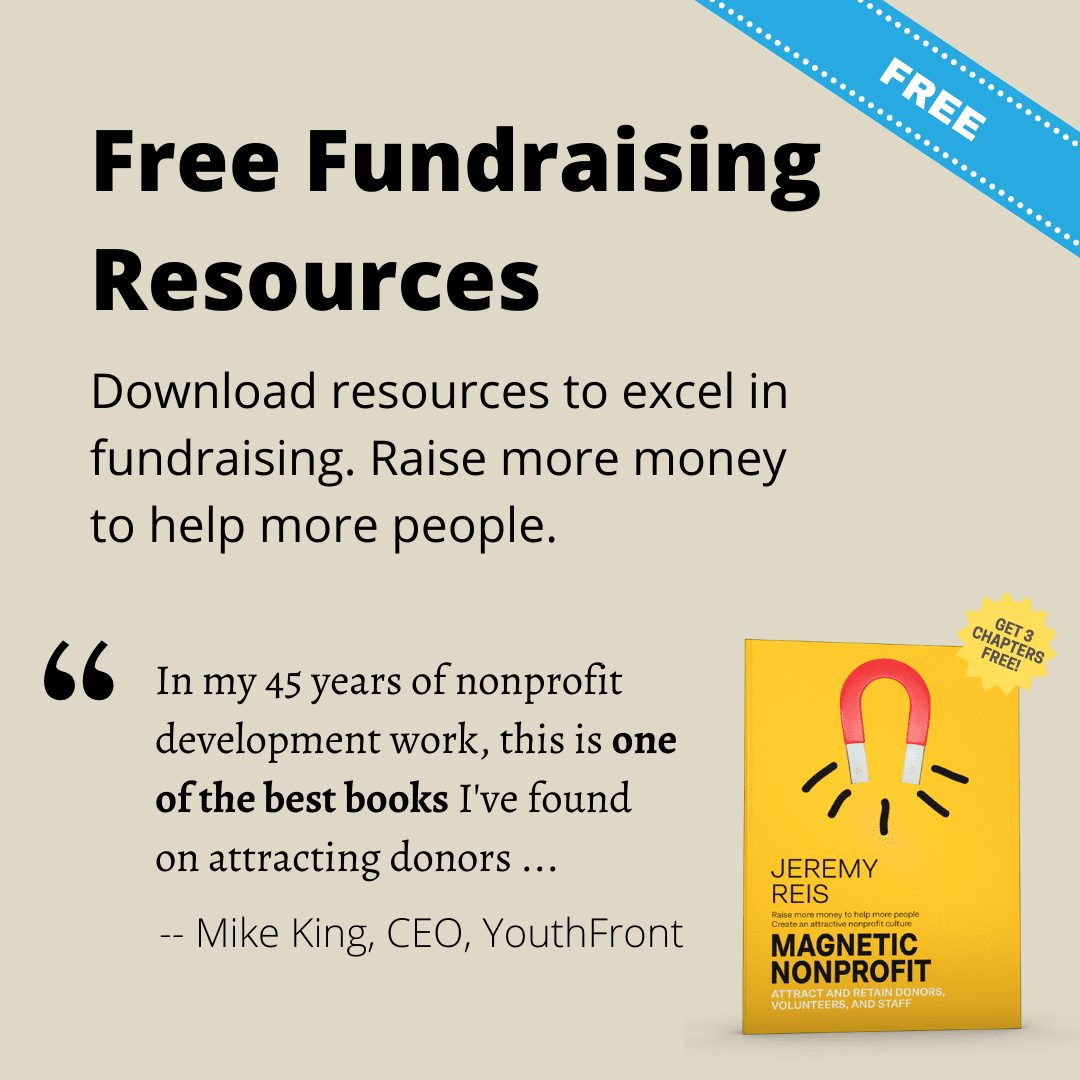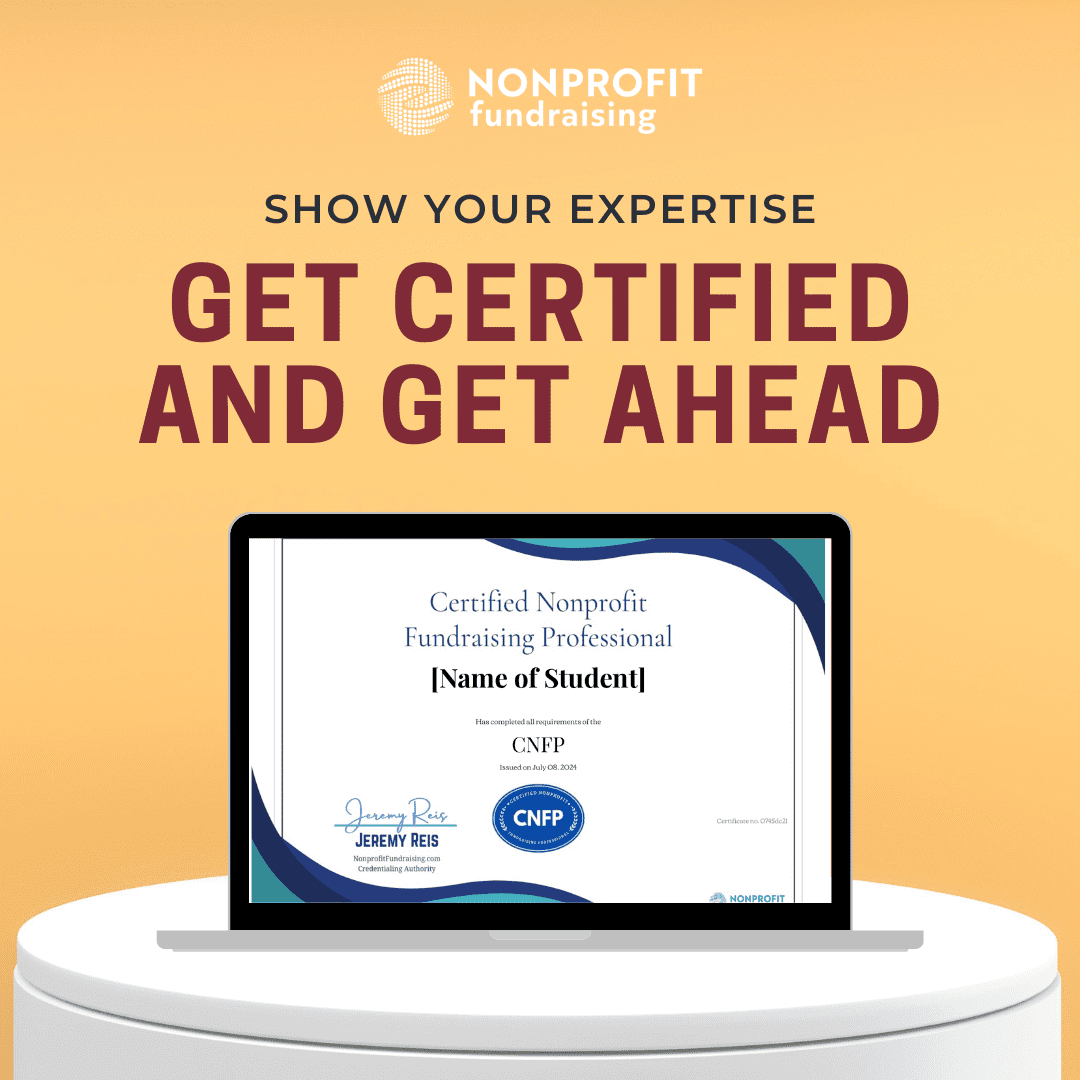Planned giving is a powerful way for donors to leave a lasting legacy with the causes they care about. It allows individuals to make significant contributions through their estate plans, ensuring that their impact continues well into the future. Yet, despite its benefits, many donors are hesitant to engage in conversations about planned giving. As fundraisers, understanding these hesitations is crucial to fostering meaningful relationships and helping donors fulfill their philanthropic goals.
In this article, we’ll explore the common fears and misconceptions that make donors reluctant to discuss planned giving. We’ll also discuss strategies to address these concerns empathetically, drawing from real-life experiences to illustrate how open communication can turn reluctance into opportunity.
Understanding Donor Fears and Misconceptions
Fear of Mortality
One of the most profound barriers to discussing planned giving is the inherent discomfort many people feel when confronting their own mortality. I’ve sat across from donors who visibly tense up at the mere mention of estate planning. It’s not surprising—talking about death is deeply personal and can stir up a range of emotions.
Take, for example, Maria, a dedicated supporter of our community development programs. Whenever the topic of planned giving arose, she would swiftly change the subject. It wasn’t until a casual coffee meeting, where we talked about her passion for conservation and her hopes for the future, that she opened up. By focusing on the legacy she wanted to leave rather than the concept of death, Maria began to feel more comfortable. She eventually shared, “I realize now that planned giving isn’t about my death—it’s about the life I want to help sustain.”
Financial Insecurity
Concerns about financial stability are another significant hurdle. Donors may fear that committing assets now could jeopardize their ability to support themselves later in life. John, a retired teacher with a modest pension, was interested in supporting our educational initiatives but was hesitant about planned giving. “What if I need that money someday?” he wondered.
By explaining options like charitable gift annuities, which provide donors with income during their lifetime, we helped John see that he could support the cause he cared about without compromising his financial security. He appreciated the balance of receiving steady payments while knowing he was contributing to a meaningful legacy.
Complexity and Misunderstanding
Legal jargon and complex financial instruments can make planned giving seem daunting. Many donors, like John, might feel overwhelmed by terms like “charitable remainder trust” or “bequest.” I recall hosting a workshop titled “Planned Giving Made Simple,” where we broke down these concepts into plain language. The relief in the room was notable as donors realized that planned giving didn’t require a law degree to understand.
We also provided easy-to-read brochures and one-page summaries that highlighted the key benefits and steps involved. By demystifying the process, donors felt more confident and empowered to consider their options.
Trust Issues with Nonprofits
Trust is the cornerstone of any donor relationship. Some donors hesitate because they’re unsure how their gift will be used or whether the organization will remain true to its mission. The Smith family, long-time supporters, expressed concerns after hearing about mismanaged funds in another nonprofit. They wondered, “How can we be sure our legacy will be honored?”
To address this, we invited them to tour our facilities, meet program staff, and review our financial reports. Transparency became our ally. By demonstrating our accountability and the tangible impact of donations, we rebuilt their confidence. The Smiths later decided to include us in their estate plans, knowing their contribution would make a real difference.
Privacy and Personal Space
Discussing personal finances and estate plans can feel intrusive. Donors may worry about their privacy or fear that expressing interest will lead to aggressive solicitation. When approaching these conversations, it’s essential to be respectful and patient.
I remember reaching out to Sarah, a supporter who valued her privacy deeply. Instead of pushing for details, I focused on listening and understanding her interests. We assured her that any discussions would remain confidential and that there was no obligation. Over time, Sarah appreciated the no-pressure approach and felt comfortable exploring planned giving options on her terms.
Emotional Readiness
Estate planning is not just a financial decision; it’s an emotional one. Family dynamics, personal circumstances, and timing all play significant roles. Some donors may not feel ready to make such decisions, and that’s okay.
Michael, a donor who had recently lost his spouse, wasn’t prepared to discuss his estate plans. Recognizing his need for space, we offered our condolences and let him know we were available whenever he felt ready. Months later, Michael reached out, grateful for our understanding. He shared, “Your patience meant a lot to me. Now I feel ready to talk about how I can honor my wife’s memory through a planned gift.”
Strategies to Address Donor Fears
Open and Empathetic Communication
Active listening is vital. By allowing donors to express their concerns without judgment, we create a safe environment for honest dialogue. Using sensitive language and focusing on the donor’s values rather than the technicalities can make conversations more comfortable.
When discussing planned giving with Maria, we avoided phrases like “when you pass away” and instead talked about “the lasting impact you want to make.” This subtle shift in language helped reframe the conversation positively.
Education and Simplification
Providing clear, accessible information demystifies planned giving. Workshops, like the one we hosted for John, offer opportunities for donors to learn in a relaxed setting. Written materials should be straightforward, avoiding jargon and highlighting key benefits.
We also made ourselves available for one-on-one meetings to answer specific questions, ensuring donors felt supported throughout the process.
Building Trust and Transparency
Demonstrating the impact of planned gifts through stories and examples helps donors see the difference their contribution can make. Sharing our organization’s successes and being transparent about our financial stewardship reassures donors like the Smith family.
Regular updates, annual reports, and open invitations to events allow donors to stay connected and confident in our work.
Ensuring Donor Control and Flexibility
Emphasizing that planned giving arrangements are flexible and can be adjusted alleviates concerns about unforeseen future needs. Offering options that allow donors to direct their gift to specific programs or set conditions provides a sense of control.
When John learned he could designate his gift to support teacher training programs, he felt a stronger connection to the planned gift, knowing it aligned with his passion.
Respecting Privacy
Assuring donors that their information and intentions will remain confidential builds trust. Adopting a no-pressure approach respects their autonomy and fosters a positive relationship.
With Sarah, we made it clear that her privacy was paramount and that we were there to support her decisions, not push our agenda.
Collaborating with Professional Advisors
Encouraging donors to consult with their legal and financial advisors ensures they receive personalized advice. Providing resources or referrals, when requested, can facilitate the process without overstepping boundaries.
We often offer to work alongside a donor’s advisors to answer any organizational questions, making the process smoother for everyone involved.
Understanding and addressing the fears that donors have about planned giving is essential for fostering lasting relationships and securing future support. By approaching these conversations with empathy, transparency, and patience, we can help donors overcome their hesitations.
Our experiences with donors like Maria, John, the Smith family, Sarah, and Michael illustrate the power of personalized engagement. When we take the time to listen and tailor our approach to each individual’s concerns, we not only facilitate planned gifts but also deepen the connection between the donor and our mission.
As fundraisers, it’s our role to guide donors through the process, providing the information and support they need to make decisions that align with their values and aspirations. By doing so, we honor their generosity and ensure that their legacies continue to make a positive impact for years to come.
So let’s continue these important conversations, remembering that behind every planned gift is a story, a passion, and a desire to make a difference. Together, we can turn reluctance into opportunity and build a future that reflects the generosity and vision of those we serve.

